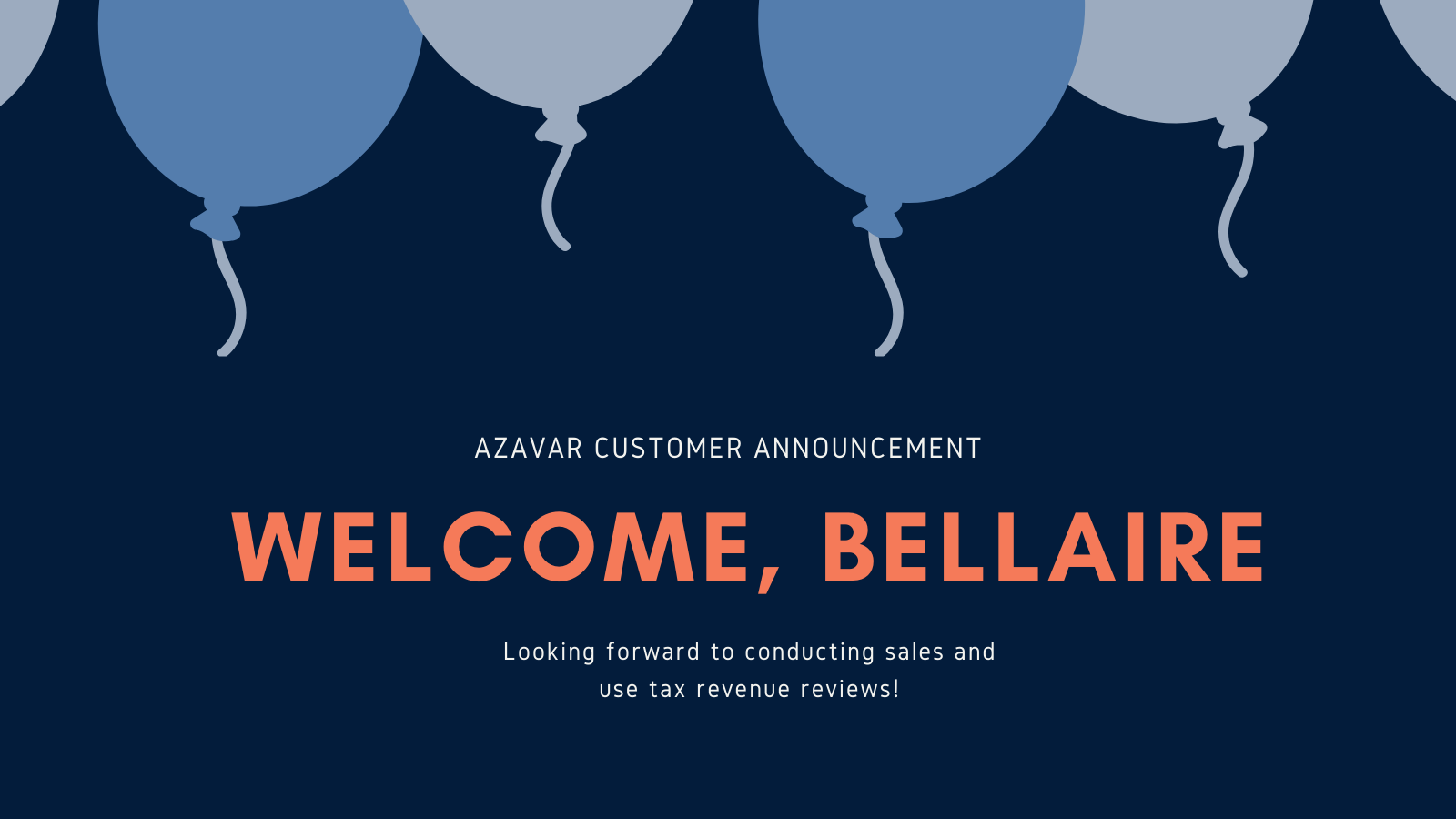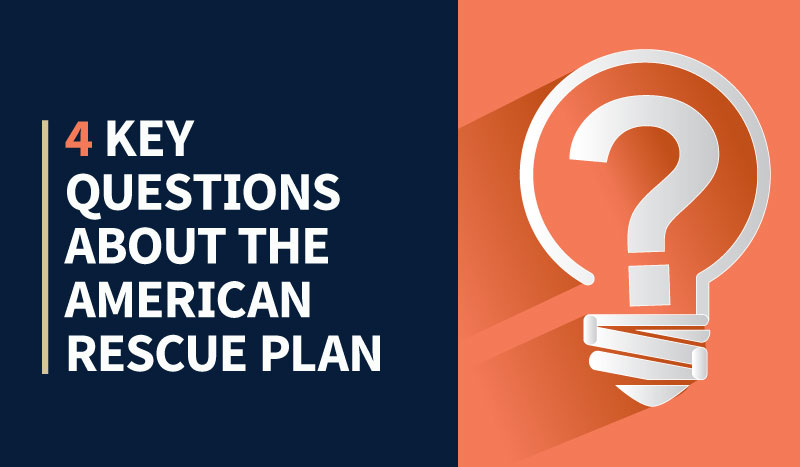As a longtime partner to local governments across the country, Azavar is keenly aware of the economic struggles that municipal leaders are tackling.
We are staying on top of positive economic indicators, such as a predicted boom in sales-tax revenue, as well as consumer trends like a swell in Baby Boomer travel and tourism.
Local governments are full of creative thinkers, always looking to attract new residents and entrepreneurs to town to expand the tax base. Growing communities are healthy communities: More residents means additional tax dollars through sales tax, utility tax, food and beverage tax, and other fees.
Communities should welcome digital nomads
Wait, what's a digital nomad? This demographic is made up of location-independent virtual employees who travel to enhance their quality of life, working along the way. They’re not tied to an office, so they’re free to seek out new communities and new experiences, while still staying engaged in career. They'll stay in locations for weeks or months at a time—and they represent a real opportunity for municipalities.
Let’s learn about this growing population of workers and how they can add to your community’s bottom line.

What local governments need to know about Digital Nomads
- They’re educated, employed, and have money to spend in your community.
- In 2020, the number of digital nomad workers grew 96% to 6.3 million.
- Not just Millennials and Gen Z—digital nomads are found across all age groups.
- Professions include information technology, education, consulting/researching, sales, marketing, and PR, and other creative work.
- 54% have college degrees, and 24% have advanced degrees.
- Nearly 40% earn more than $75K annually.
- Remote-worker parents are taking the brood on the road with “roadschooling.”
Source: COVID-19 and the Rise of the Digital Nomad
What are digital nomads looking for?
- Reliable internet: Since most digital nomads depend on real-time communication with employers, coworkers, and clients, quality Internet is a must.
- Low cost of living: Digital nomads often gravitate to smaller or more rural communities due to the cost, which means they have more funds left over for dining out, enjoying cultural amenities, etc.
- Decent weather: Up to 20% of digital nomads are part of the “van life” community, where people live in specially outfitted vehicles.
Housing options: While some digital nomads crash with friends, others seek out short-term rental listings or leases. - Cultural & natural amenities: Many digital nomads seek out environmental beauty, cruising between national parks. Others might be trying to visit all the major-league baseball stadiums. Along the way, they like to check out local restaurants, bars, breweries, and shops.
How communities like yours are attracting digital nomads—and why
For many small or rural cities and towns, the brain drain is a real concern. Maybe an industry has left your area, taking jobs with it and kids go away to college—but don’t come home. Some communities are making inroads with digital nomads and other remote-based employees for a new source of vigor.
- Incentive programs: Bentonville, Arkansas, with help from a private foundation, offered incentives for relocation, such as a $10K grant, new bikes, and cultural memberships. Other cities offering incentives include Topeka, Kansas, Tulsa, Oklahoma, Savannah, Georgia, and more.
- Marketing campaigns: There are many thriving online communities on Instagram, Pinterst, Twitter, Slack, and other social-media channels where brands and locales connect with these professionals. Search #vanlife, #nomadlife, #digitalnomad, #roadschooling, #wanderlust among others.
- Infrastructure investment: Remote workers and digital nomads will not be interested in areas with spotty Internet. Luckily, The $1.9T American Rescue Plan includes billions for rural Internet improvements. Some communities, such as Rock Mount, North Carolina, and Rochester, New York, are revitalizing derelict buildings into co-working/co-living spaces.
Top takeaways
- Don’t overlook temporary residents. Digital nomads often stay for months at a time, pouring money into leisure activities and dining.
- Allocate CARES and ARP funding with a long-term goal for attracting new residents, including these deep-pocketed visitors. We can help.
- Get your Internet in gear. Set up free wi-fi spots in public buildings, libraries, or parks. That’s good for all residents, not just ones cruising around in fancy custom vans or mini-RVs.
- Invest in marketing campaigns. Doesn’t have to cost a lot, especially when you hit on the right social-media channels and influencers.
- Regulate your short-term rental market. If visitors are renting cabins or homes for weeks or months at a time, your local government should be receiving a portion of those revenues—just as you would for hotel-motel fees. Let’s talk about short-term rental compliance.
We’re your local government compliance partner
We have spent decades in close consultation with local governments and our ultimate goal is securing additional revenue for municipalities.
Azavar offers comprehensive revenue reviews, emergency aid grant management, refining and establishing ordinances, and business-friendly tax and fee administration technology through Localgov.
Let’s start a conversation about your community’s needs during this time of economic recovery—whether you need help with your ARP/CARES grants, short-term rental administration, tax compliance audits, or more.







